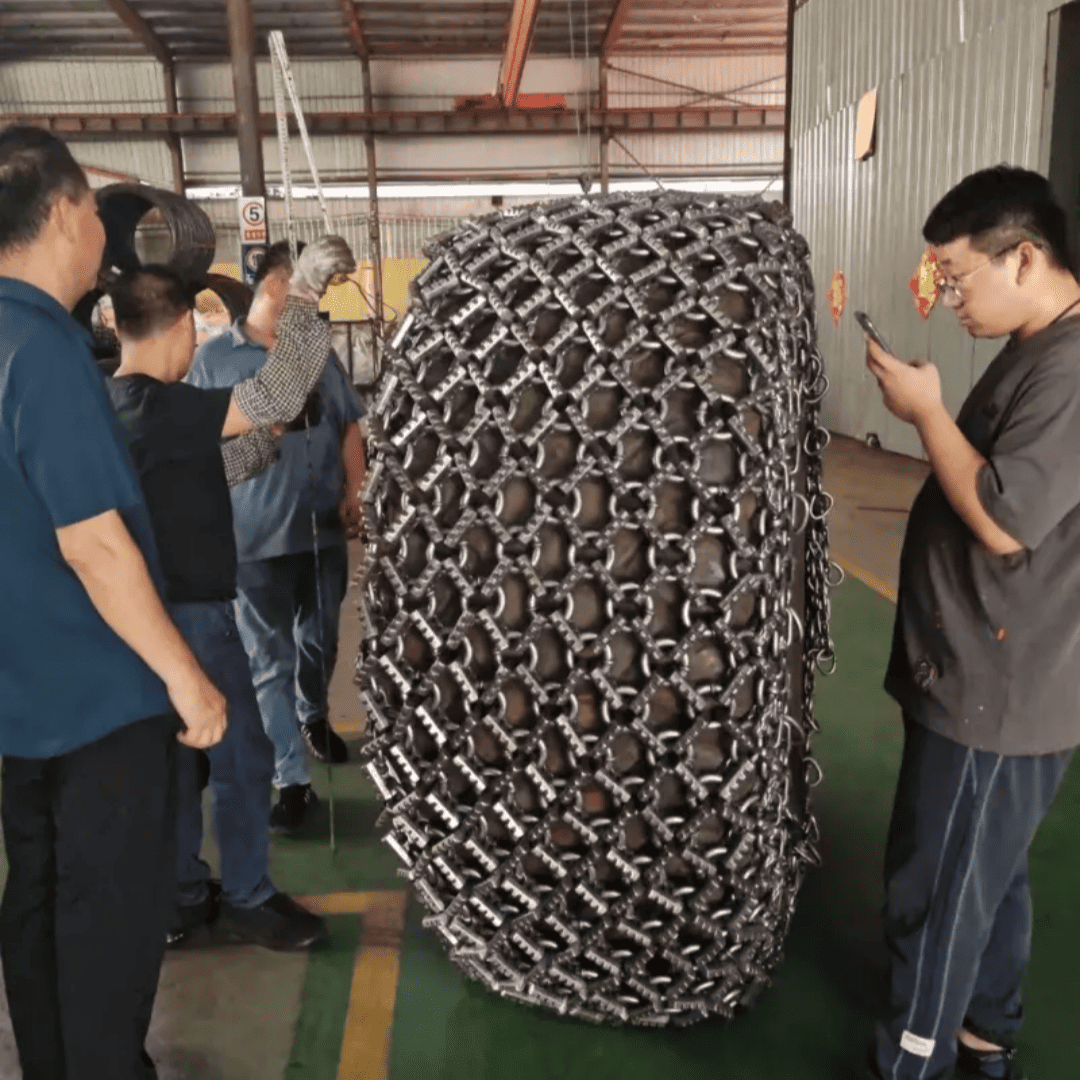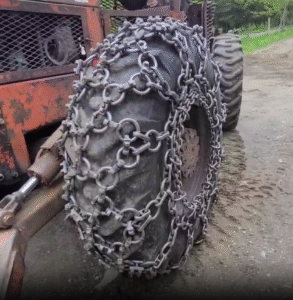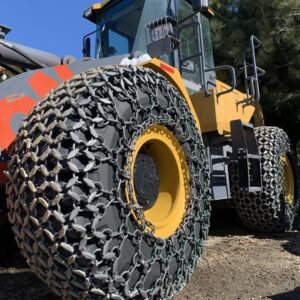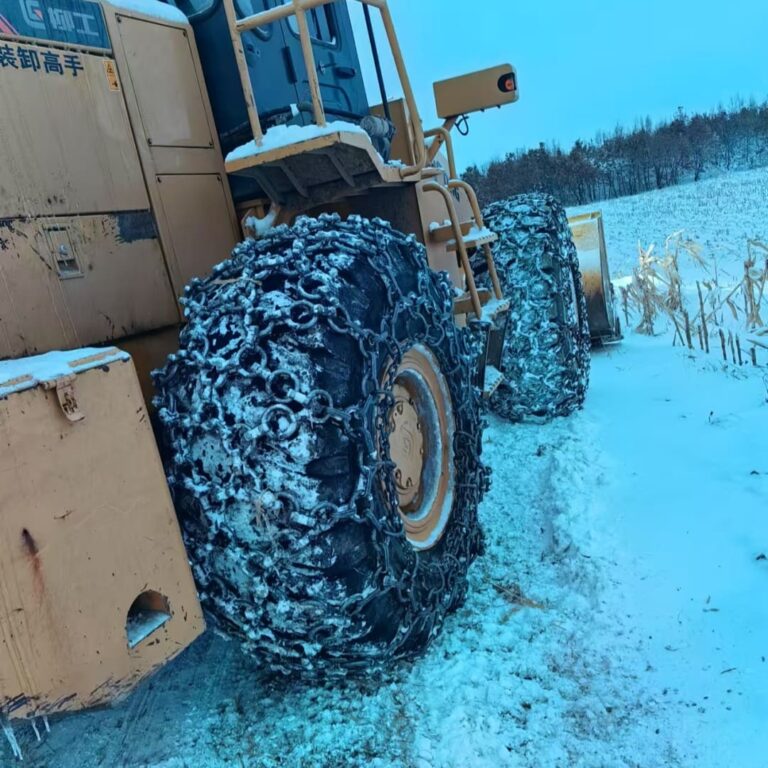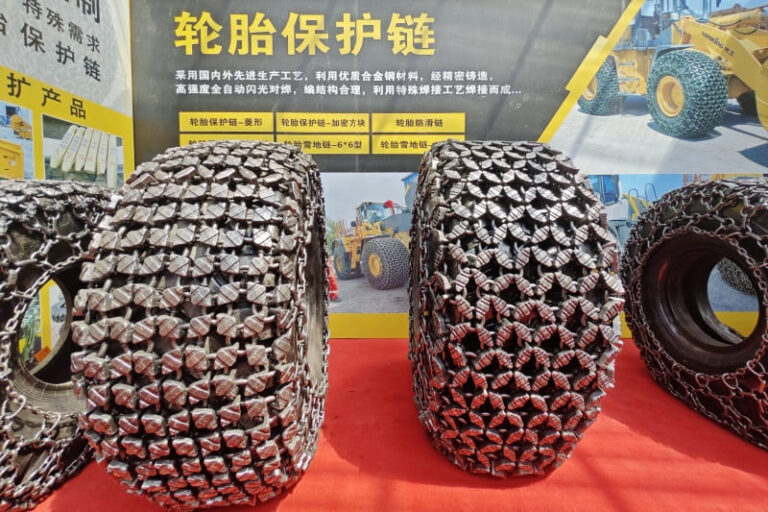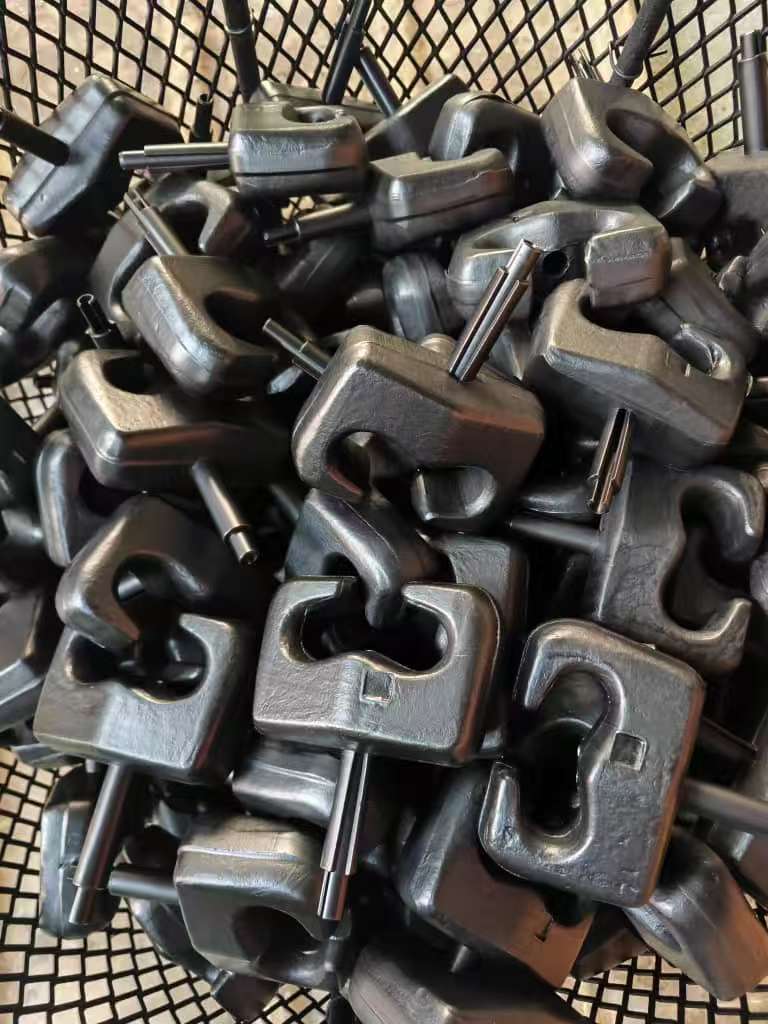Оптимальное сцепление: руководство по лучшим цепям для тракторных шин
Enhance your tractor's performance with the right tractor tire chains for snow and icy conditions. Discover types, sizing, and installation tips to ensure safety and efficiency.
Maximizing Traction: Choosing Tractor Tire Chains
Navigating through snow-covered fields or icy pathways requires more than just a powerful engine; it demands the right traction. Tractor tire chains are an essential accessory for anyone looking to maximize their tractor’s performance in challenging conditions. Whether you’re dealing with heavy snow or icy surfaces, choosing the right snow tire chains can make all the difference.
Understanding the Importance of Tire Chains
Tractor tire chains are designed to enhance the grip of your tires on slippery surfaces. This is crucial during the winter months when snow and ice can significantly reduce traction. By wrapping around the tires, these chains provide additional bite, preventing your tractor from slipping and sliding. The right set of tire chains for tractors can ensure safety, improve efficiency, and protect your investment from unnecessary wear and tear.
Types of Tractor Tire Chains
Ladder Chains
Ladder chains are perhaps the most common type of tire chains available. They are named for their ladder-like pattern, which provides excellent traction. These chains are ideal for straightforward traction needs, such as driving on flat, icy roads or fields. However, they might not provide as much lateral stability as other types.
Diamond Chains
For those looking for superior traction and a smoother ride, diamond chains are a great option. The diamond pattern ensures that there are always several chain links in contact with the ground, offering better grip. This type of chain is particularly useful on uneven terrain or when operating in mixed conditions of snow and ice.
Choosing the Right Size
Selecting the correct size of tire chains is crucial for optimal performance. Measure your tractor tires carefully, noting the tire’s width, height, and rim size. Most manufacturers provide a sizing chart to help match your measurements to the right chain size. A well-fitted chain will ensure that it stays in place and performs efficiently.
Installation Tips
Installing tire chains can seem daunting, but with a few tips, the process can be straightforward:
- Preparation: Lay the chains flat on the ground and check for any twists or damage.
- Positioning: Drape the chains over the tire, ensuring they are centered and even.
- Fastening: Secure the chains using the provided hooks or fasteners, making sure they are tight and snug.
- Adjustment: After a short drive, check the chains again to ensure they have not shifted.
Maintenance and Storage
To extend the life of your tractor tire chains, regular maintenance is essential. After use, clean the chains to remove any debris, mud, or salt. Store them in a dry, cool place to prevent rusting. Regularly inspect them for any signs of wear and replace any damaged links.
By understanding the different types of tire chains available and selecting the right one for your needs, you can ensure that your tractor remains a reliable partner, even in the harshest conditions. Whether it’s snow or ice, with the right chains, you’ll be prepared for whatever winter throws your way.
